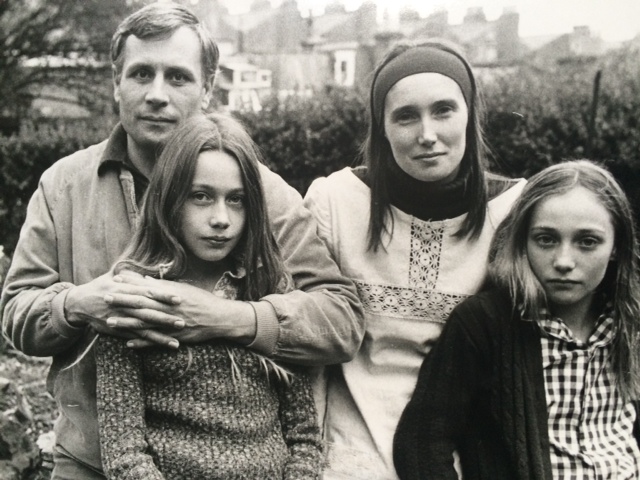
A Biography of David Storey
David Storey was a novelist, playwright, and artist. He won several awards, including the Macmillan Fiction Award, the Somerset Maugham Award, the Geoffrey Faber Memorial Prize, and the Man Booker Prize.
Storey was born in Wakefield, Yorkshire, on July 13, 1933. He grew up in a coal-mining community, and his father worked in the Yorkshire mines for over forty years. These mining communities were to become the backdrop for many of his most notable works, such as the award-winning novels, Saville and This Sporting Life.
As a young man, Storey dreamt of becoming a painter. Avoiding a life of working down the pits, he commuted back and forth between playing rugby league in the North and attending the Slade School of Fine Art in London. He excelled in writing and art, exhibiting his work with West Riding Arts, the London Group, and the Young Contemporaries. He eventually became a fellow of University College London.
His father did not initially support his artistic dreams, and Storey had to pay his way through art school by working as a professional Rugby League football player. At eighteen years old, he signed a contract to play for the Leeds RLFC’s A-team as a second row and loose forward. Like the Yorkshire mines, Rugby League acted as the inspiration for some of his most important work. The Changing Room and the Macmillan Fiction Award–winning This Sporting Life explore the gritty and brutally violent world of one of England’s favorite sports.
Storey’s first novel, This Sporting Life, was published in 1960, and it proved to be a strong start to a long and impressive writing career. Critics often credit Storey for capturing the voices and everyday domestic lives of the working class. This Sporting Life was hailed as a classic example of British “kitchen sink” realism, and Storey has often been associated with other “Angry Young Men” of the 1960s, such as John Osborne and Alan Sillitoe. So successful was the book, that in 1963, This Sporting Life was adapted into a classic film, directed by Lindsay Anderson. The two lead actors, Richard Harris and Rachel Roberts, were both nominated for Academy Awards for their performances in the film.
Storey went on to win the Man Booker Prize for his novel Saville and the Somerset Maugham Award for Pasmore. His other novels include Flight into Camden, Radcliffe, A Serious Man, As It Happened, and Thin-Ice Skater. Beyond his success as a novelist, Storey was also an acclaimed playwright. After publishing three novels, his play The Restoration of Arnold Middleton premiered in the Traverse Theatre in Edinburgh in 1966. He loved watching his work come to life, so much so that he went on to write fifteen plays, including The Contractor, Home, The Changing Room, In Celebration, Life Class, The Farm, Early Days, The March on Russia, and Stages. Much of Storey’s playwriting career is often connected with Lindsay Anderson, the director of This Sporting Life and Storey’s good friend. While running the Royal Court Theatre in London, he directed nine of Storey’s plays.
Storey passed away in 2017 at the age of eighty-three.

Storey with his wife, Barbara, and their two daughters, Helen and Kate, at their family home “Lyndhurst gardens” in the 1960s.
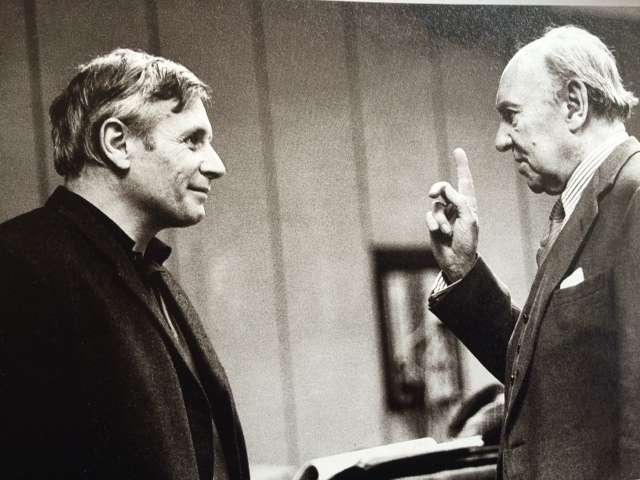
Storey in rehearsal for Home with Sir Ralph Richardson at the Royal Court Theatre in the 1970s.
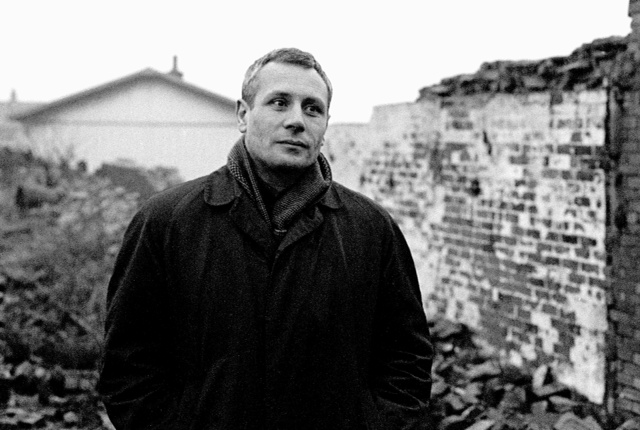
Storey on a return visit to Wakefield during location hunts for This Sporting Life in the 1960s.
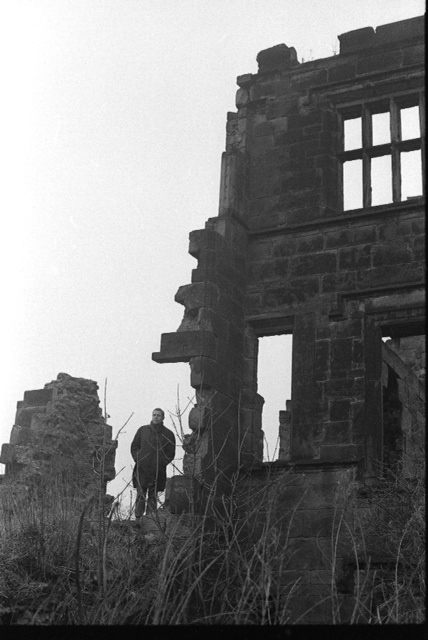
Storey visiting the North in the 1960s. During his trip he commented, “If Radcliffe ever needed a location, it could have been here.”
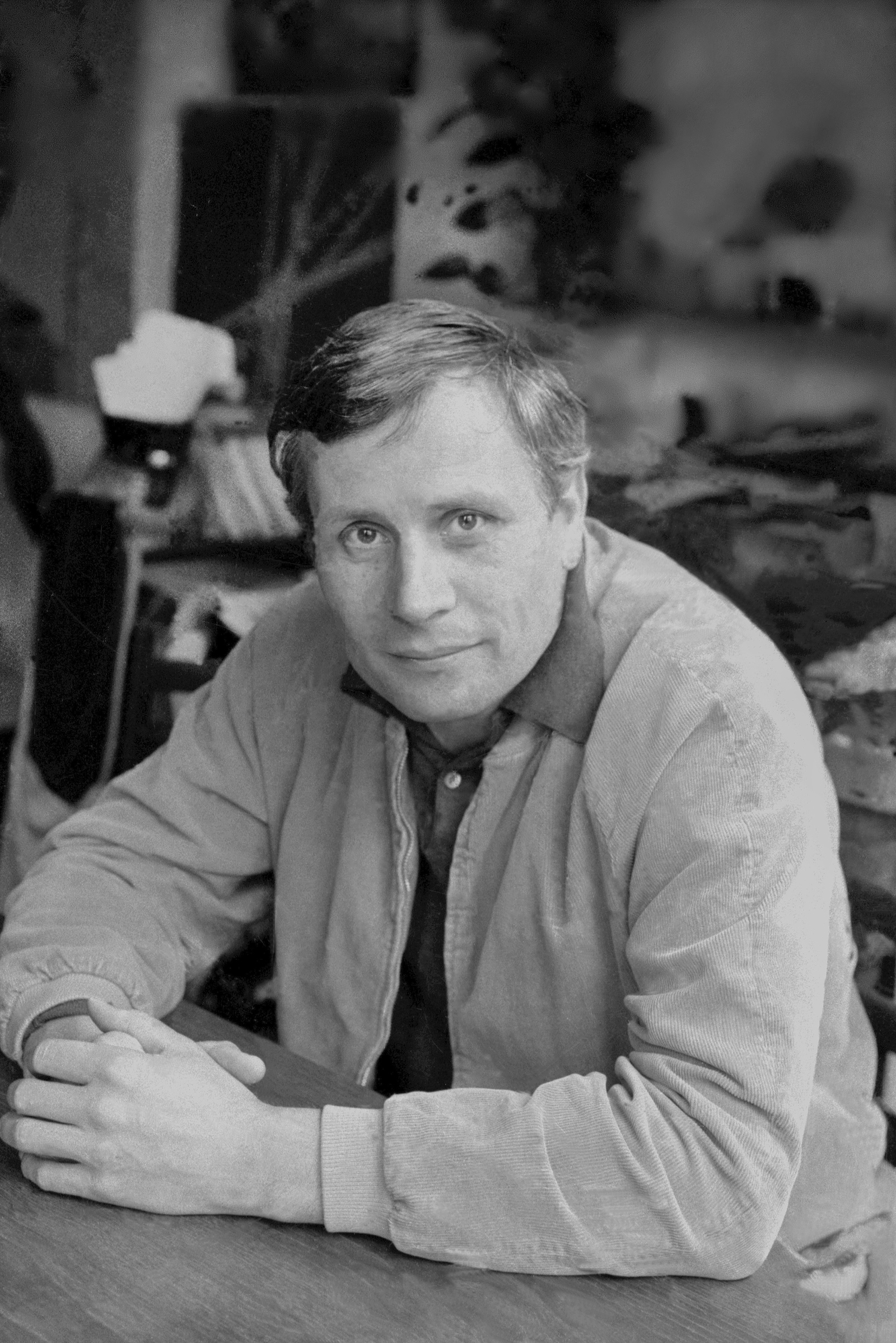
Storey in his home “Lyndhurst gardens” in 1971.
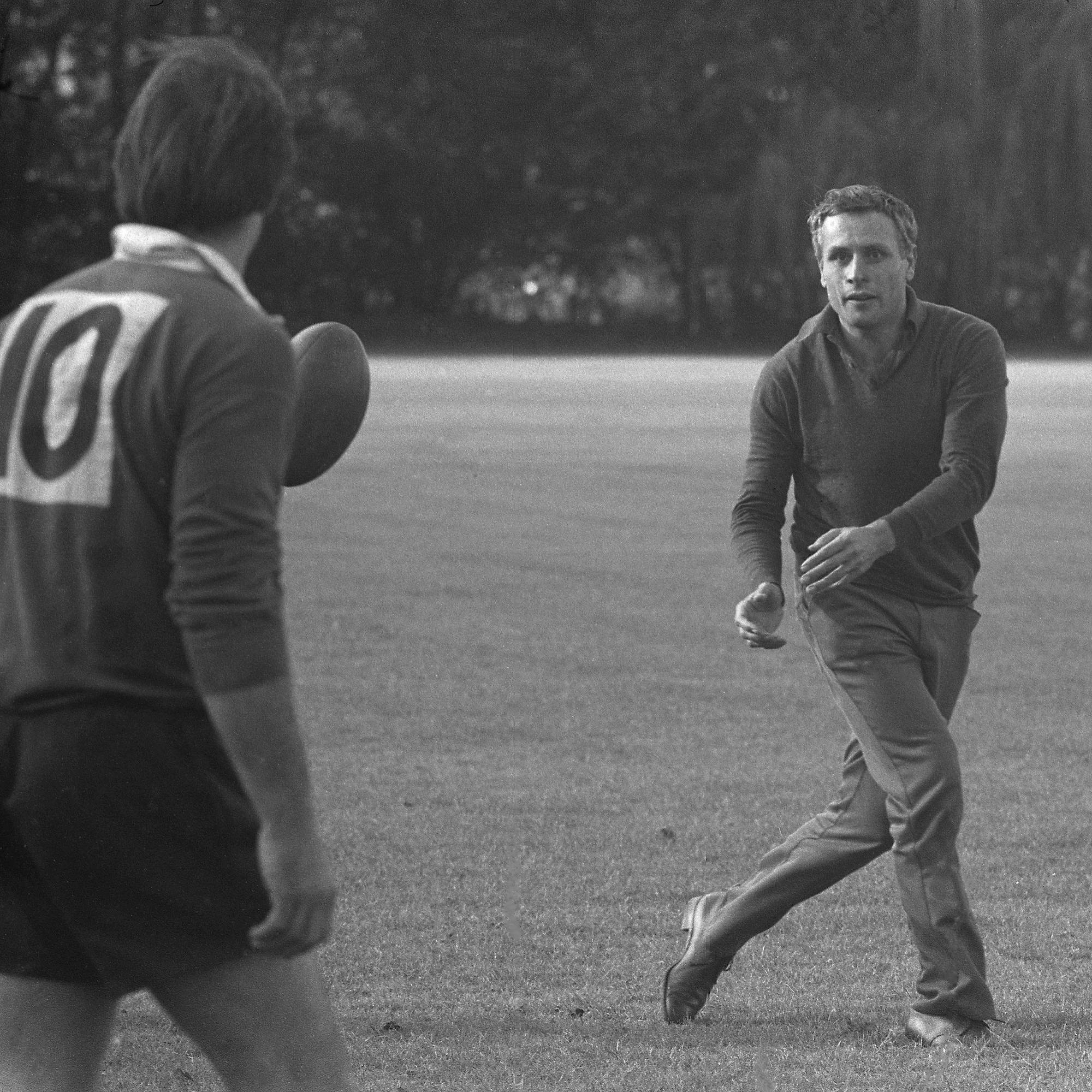
David rehearsing rugby passes with players in the 1971 production of The Changing Room.

Storey studied painting at Slade Art School in the early 1950s, and he returned to his passion later in life. He painted “The Houses on the Moors” in the late 1980s.
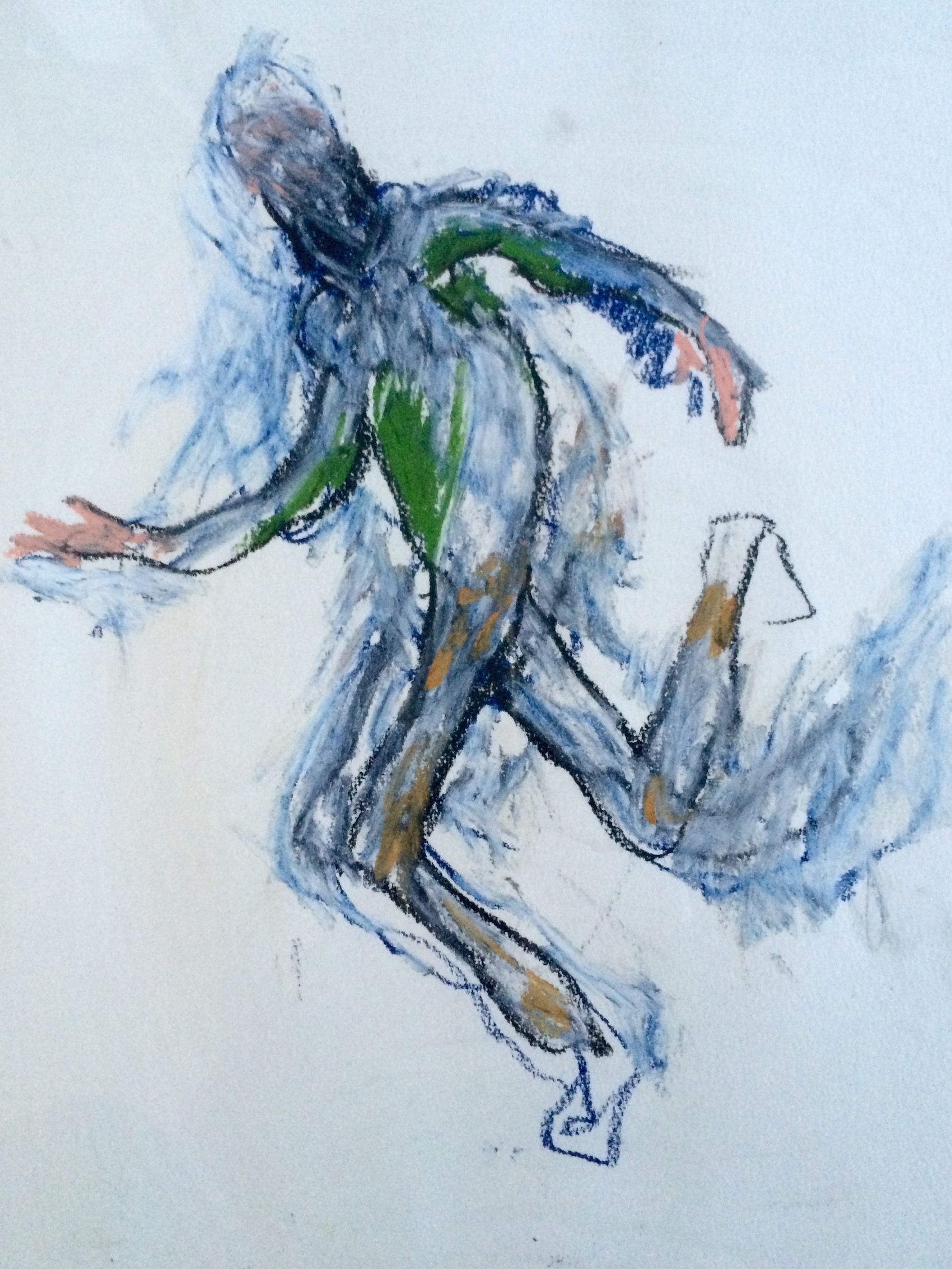
Storey painted “The Dancing Man” in the early 1990s.
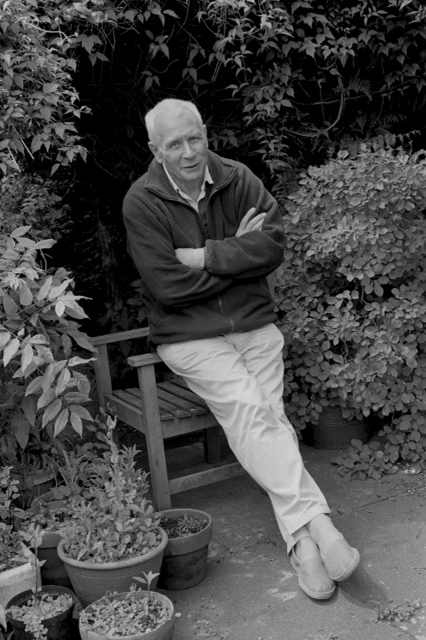
Storey in family home “Willes Road” Belszie Park in London, 1998.
Photographs Courtesy of John Haynes (http://www.johnhaynesphotography.com).